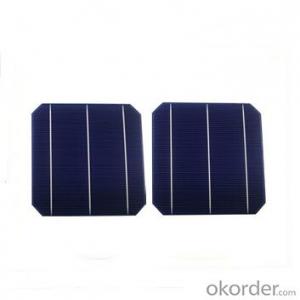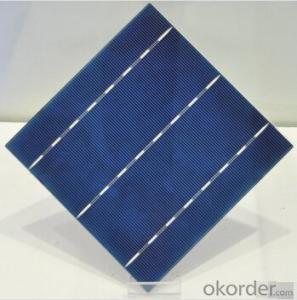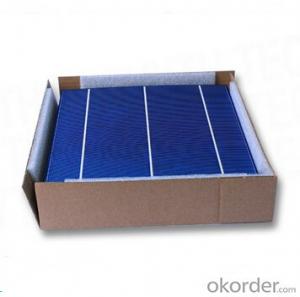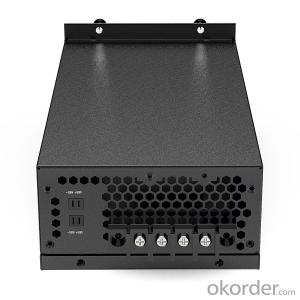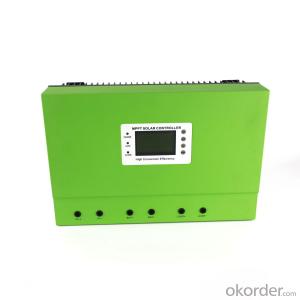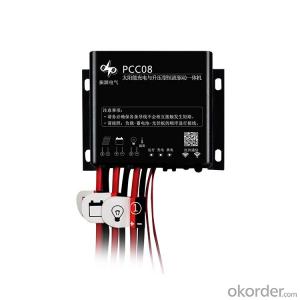Cis Cigs Solar Cells
Cis Cigs Solar Cells Related Searches
Except For Solar Cells Weegy Problems With Solar Cells High Power Solar Cells Light Trapping In Solar Cells High Performance Solar Cells High Output Solar Cells High Wattage Solar Cells Energy Transfer In Solar Cells High Efficiency Hvac Systems Recombination In Solar CellsHot Searches
Cheap Solar Cells For Sale Flexible Solar Cells For Sale Q Cells Solar Panels For Sale Printed Solar Cells For Sale Bulk Solar Cells For Sale 6x6 Solar Cells For Sale Broken Solar Cells For Sale Cpv Solar Cells For Sale Photoelectric Cells For Sale Price Of Silicon Solar Cells Price Of Solar Cells Over Time Buy Solar Cells From China Cheap Solar Cells China Best Type Of Solar Cells Flexible Solar Cells Price Q Cells Solar Panels Price 3 Types Of Solar Cells Production Of Solar Cells Common Types Of Solar Cells Q Cells Solar Panel PricesCis Cigs Solar Cells Supplier & Manufacturer from China
Okorder.com is a professional Cis Cigs Solar Cells supplier & manufacturer, offers integrated one-stop services including real-time quoting and online cargo tracking. We are funded by CNBM Group, a Fortune 500 enterprise and the largest Cis Cigs Solar Cells firm in China.Hot Products
FAQ
- A solar controller handles variations in solar panel shading by implementing maximum power point tracking (MPPT) technology. This technology constantly monitors the output of the solar panels and adjusts the voltage and current to ensure the maximum power is extracted from the panels, even in the presence of shading or other environmental factors. This allows the solar controller to efficiently handle variations in shading and maximize the overall energy production of the solar system.
- A solar controller handles fluctuating solar panel output by regulating the voltage and current levels to ensure a stable and consistent charge to the battery or load. It monitors the incoming solar power and adjusts the charging parameters accordingly to optimize the charging process and protect the battery from overcharging or undercharging.
- Yes, a solar controller can be used with solar panels of different temperatures. The purpose of a solar controller is to regulate the charging and discharging of batteries connected to the solar panels. It ensures that the batteries receive the optimum amount of charge regardless of the temperature of the solar panels.
- No, a solar controller is not designed to handle different load types. It is primarily responsible for regulating the charging and discharging of batteries in a solar power system. The load types, such as resistive or inductive, should be handled by appropriate devices like inverters or converters that are specifically designed for those load types.
- Yes, a solar controller can be used with a solar-powered water heater for swimming pools. A solar controller helps regulate and control the flow of heated water from the solar panels to the pool, ensuring optimal energy efficiency and temperature control.
- Optimizing the energy output from solar panels involves the utilization of various mechanisms and control strategies by a solar controller. To begin, the solar controller continuously monitors the solar irradiance levels in real-time through the use of sensors or photovoltaic cells. This enables the measurement of the sunlight's intensity hitting the panels. When fluctuations in solar irradiance occur, the solar controller employs the technique known as maximum power point tracking (MPPT) to maximize energy generation. MPPT algorithms track the solar panels' maximum power point, which is the point at which the panels produce the most energy given the current sunlight conditions. By constantly adjusting the voltage and current levels to match the optimal power point, the solar controller ensures that the panels operate at maximum efficiency despite the fluctuations in solar irradiance. Additionally, some advanced solar controllers incorporate cloud tracking algorithms. These algorithms make use of predictive models to estimate the duration and intensity of cloud cover. By anticipating changes in solar irradiance due to cloud movements, the solar controller can proactively adjust the power output of the panels to compensate for the temporary decrease in sunlight. Furthermore, solar controllers may include features such as voltage regulation and load balancing. Voltage regulation ensures that the energy generated by the solar panels remains within the desired voltage range, protecting connected devices and preventing overcharging or undercharging of battery systems. Load balancing ensures that the energy generated by the solar panels is evenly distributed across multiple loads, optimizing the overall performance of the system. In conclusion, a solar controller effectively manages fluctuations in solar irradiance by utilizing MPPT algorithms, cloud tracking, voltage regulation, and load balancing techniques. These mechanisms enable the solar panels to operate at maximum efficiency and extract the highest possible energy yield from varying solar irradiance conditions.

















